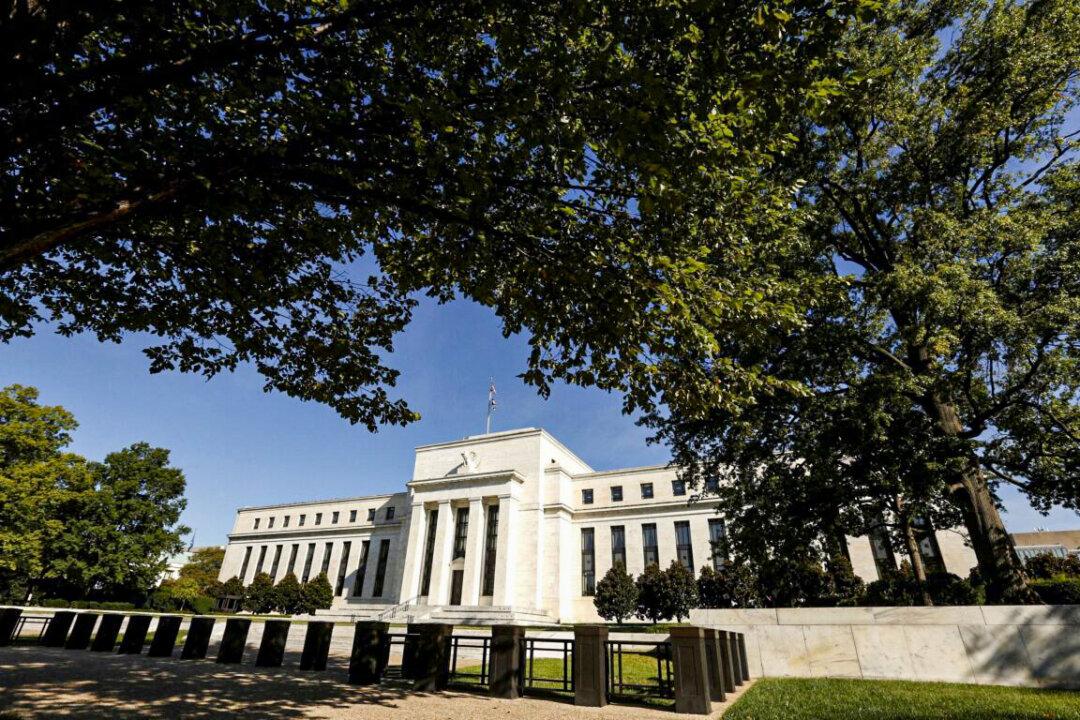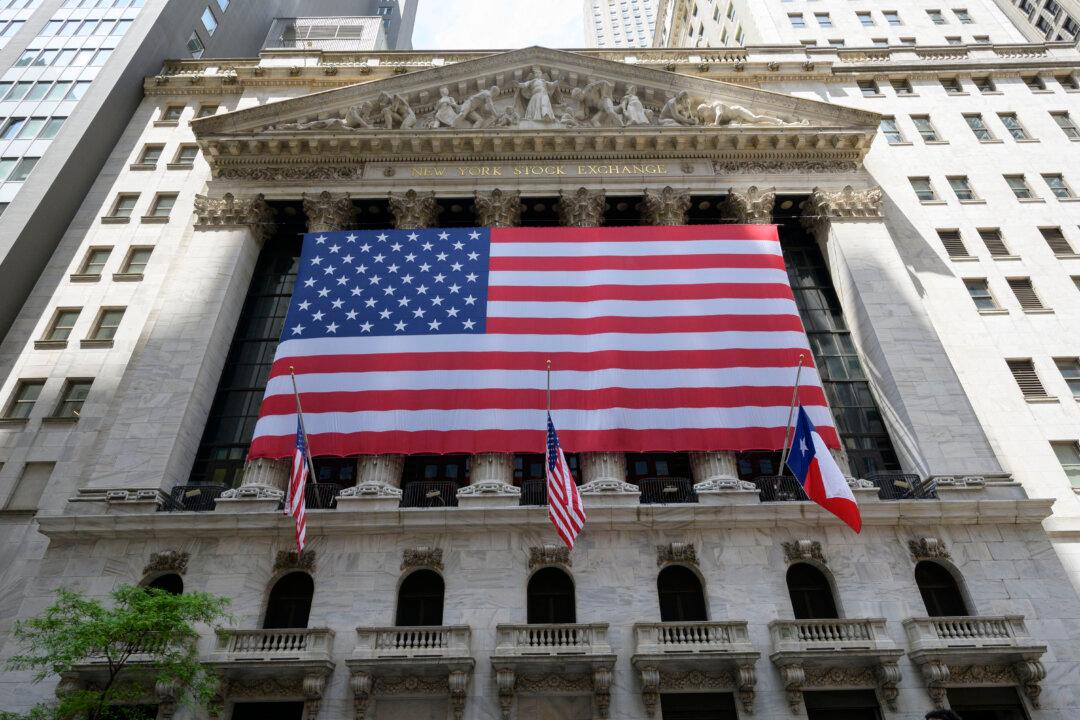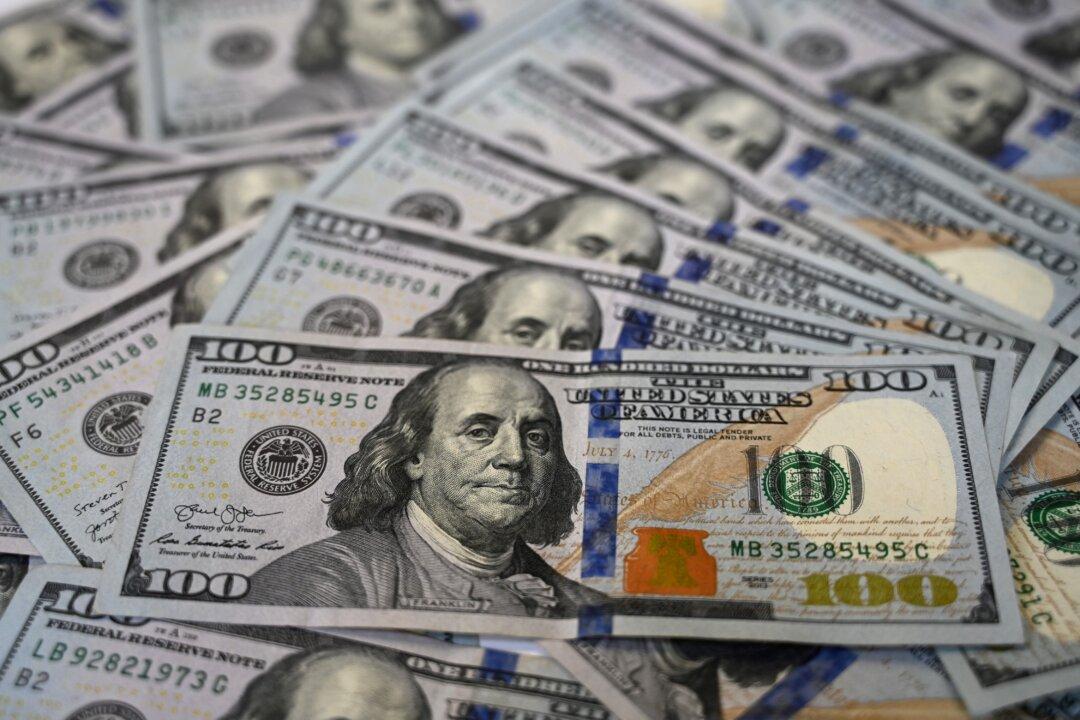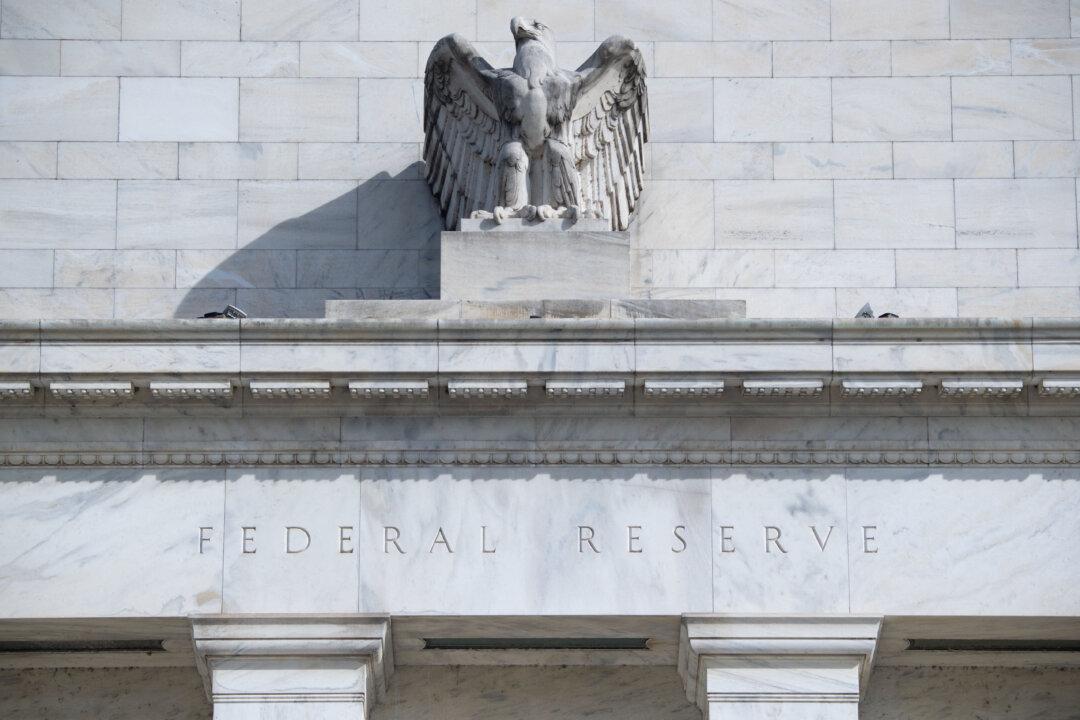Commentary
At last week’s press conference, Federal Reserve Chairman Jerome Powell said if the Fed knew then what it knows now, it would have moved sooner to raise interest rates to contain inflation. The central bank didn’t know what it should have known because it still fails to consider the money supply when forming policy.





